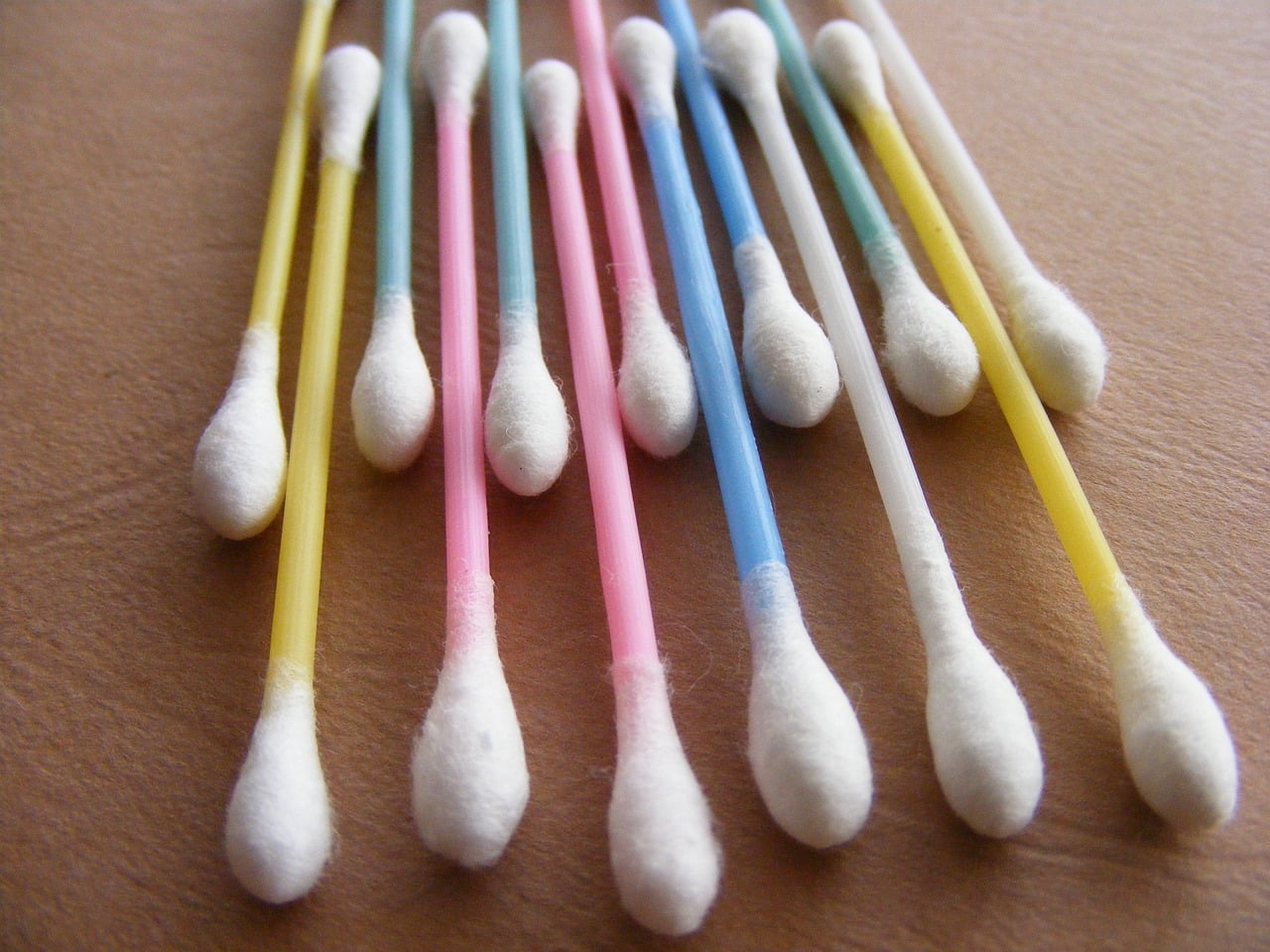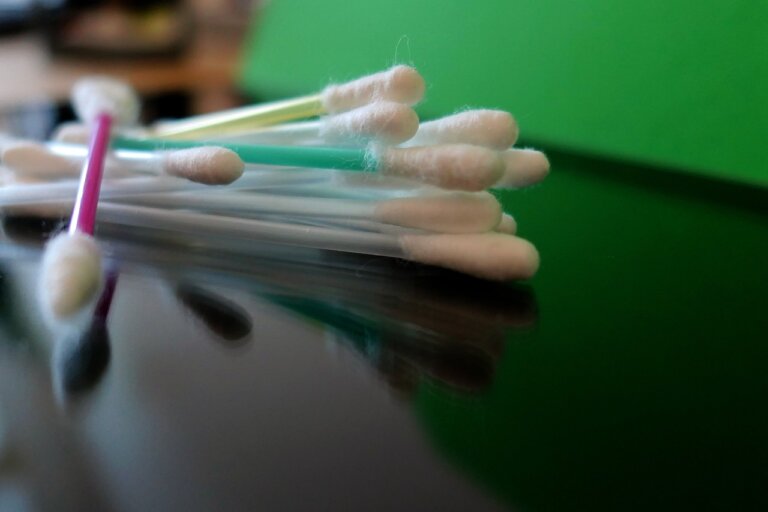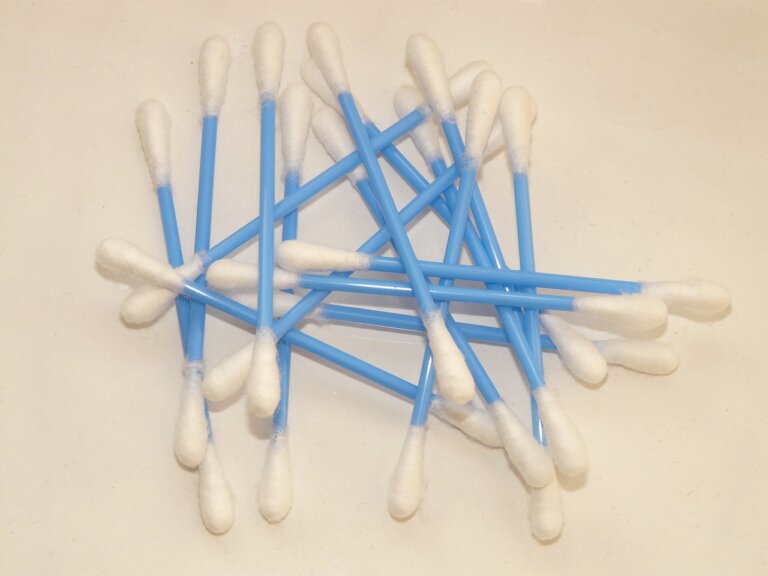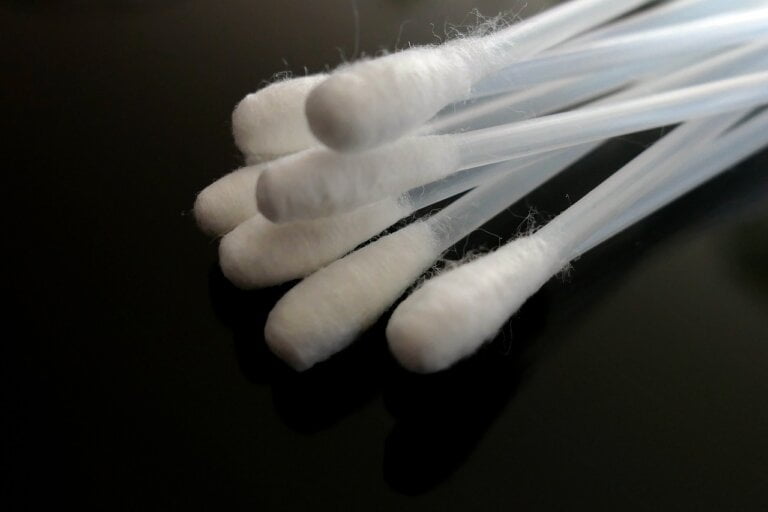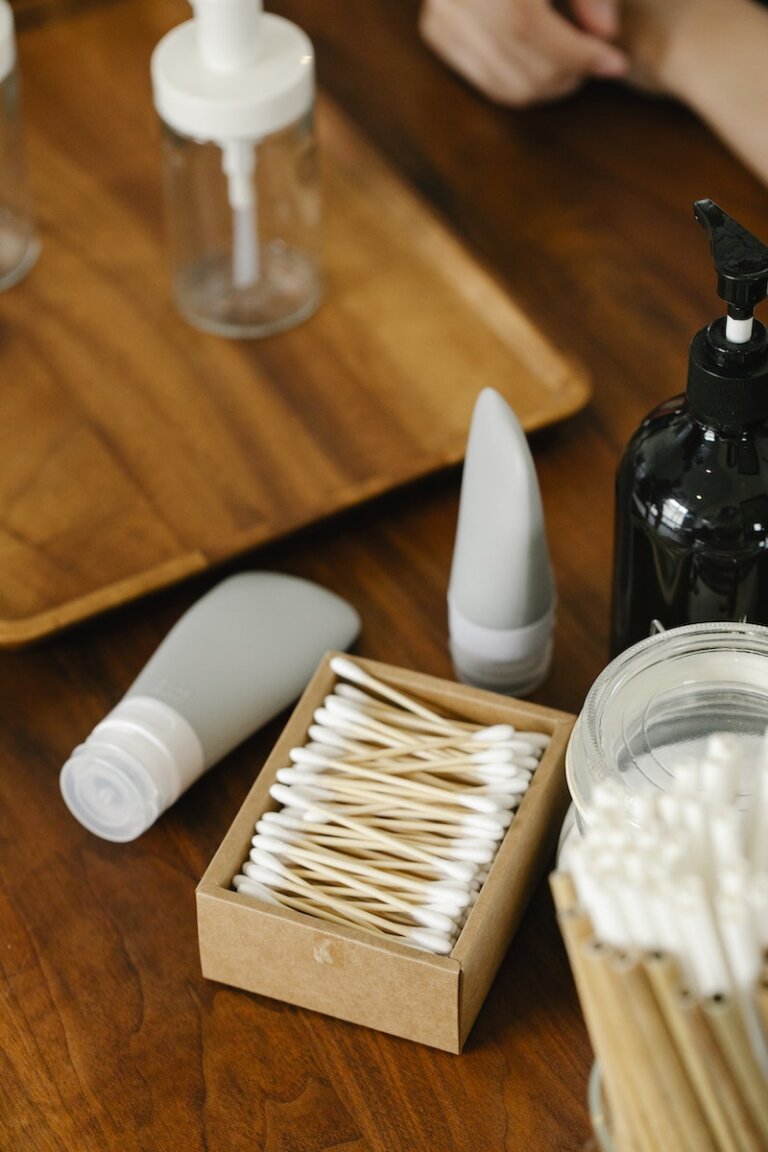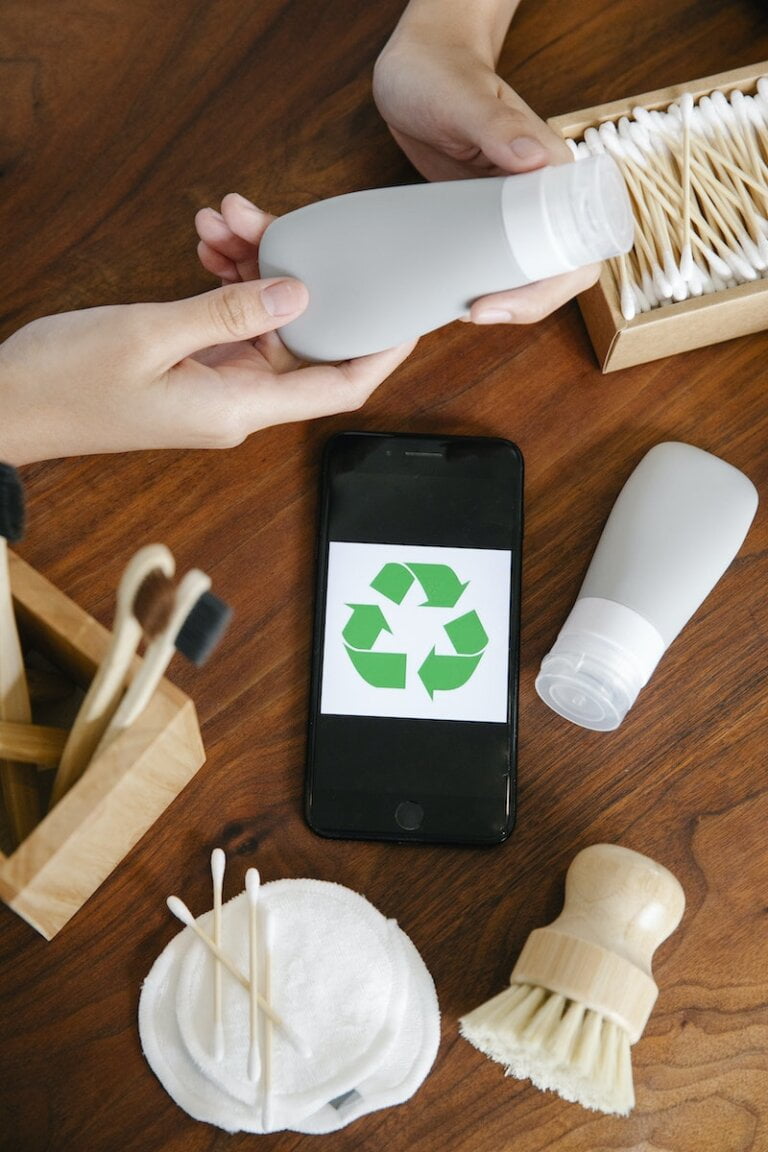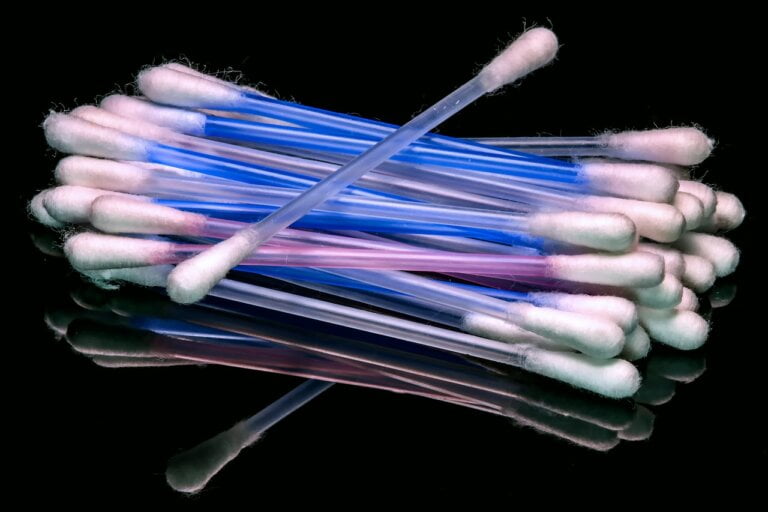Sound Preservation: A Guide to Protecting Your Hearing from Loss
Last Updated on 25th April 2024 by Admin
In today’s fast-paced world, our ears are constantly exposed to various sounds and noises. Whether it’s the bustling city streets, blaring headphones, or loud events, our hearing is at risk of damage. However, with effective sound preservation strategies, we can protect our hearing and ensure its preservation for years to come. This guide aims to provide you with comprehensive information on how to safeguard your auditory health.
Introduction
In today’s fast-paced world, our ears are constantly exposed to various sounds and noises. Whether it’s the bustling city streets, blaring headphones, or loud events, our hearing is at risk of damage. However, with effective sound preservation strategies, we can protect our hearing and ensure its preservation for years to come. This guide aims to provide you with comprehensive information on how to safeguard your auditory health.
Understanding the Importance of Sound Preservation
Before delving into the strategies for sound preservation, it is crucial to comprehend why it is necessary. Our ability to hear connects us to the world around us, allowing us to communicate, enjoy music, and appreciate the beauty of sound. Unfortunately, prolonged exposure to excessive noise levels can lead to irreversible hearing loss and other auditory complications.
To better understand why sound preservation is important, let’s explore the potential risks associated with noise exposure:
Identifying Potential Risks
- Loud Environments: Frequent exposure to high-volume environments, such as concerts, clubs, and construction sites, can pose a significant risk to our hearing health. The loud, prolonged sounds in these environments can damage the delicate structures of our inner ear, leading to hearing loss.
- Continuous exposure to sound levels above 85 decibels (dB) can cause permanent damage to our hearing.
- Attending concerts or clubs without proper hearing protection can result in temporary or permanent hearing loss.
- Headphone Misuse: Listening to music or other audio content through headphones at excessive volumes for prolonged periods can damage our hearing. The close proximity of headphones to our ears increases the intensity of sound, increasing the risk of hearing damage. It is essential to be mindful of the volume levels and duration of headphone use.
- Using headphones at high volume levels (above 60% of the maximum volume) for more than 60 minutes a day can lead to hearing damage.
- Occupational Hazards: Certain occupations, such as construction workers, musicians, or factory workers, entail regular exposure to loud noises. Understanding the risks associated with specific work environments can help protect one’s hearing.
- Construction workers often work in noisy environments with heavy machinery and power tools, which can generate sound levels exceeding safe limits.
- Musicians, particularly those playing in orchestras or rock bands, are exposed to high sound levels during rehearsals and performances.
- Factory workers may work near loud machinery or equipment, which can cause long-term hearing damage if not adequately protected.
- Recreational Activities: Engaging in activities like shooting, motorcycling, or attending motorsports events without proper hearing protection can lead to irreversible damage to our ears. These activities often involve loud noises that can exceed safe sound levels, causing immediate or long-term hearing loss.
- Shooting firearms without hearing protection can generate sound levels well above 140 dB, which is significantly higher than the threshold for immediate damage.
- Motorcycling or attending motorsports events expose individuals to prolonged exposure to loud engine noises, which can cause gradual hearing loss over time.
To mitigate these risks and protect our hearing, it is essential to adopt sound preservation strategies. Let’s explore some effective strategies in detail:
Strategies for Sound Preservation
1. Use Hearing Protection Devices
Investing in high-quality hearing protection devices is essential, especially when you know you’ll be exposed to loud environments. Consider the following options:
- Earplugs: These small devices are designed to fit snugly into the ear canal, blocking out excessive noise while preserving sound clarity. They are available in different types, such as foam, silicone, or custom-molded earplugs. Foam earplugs are affordable and readily available, while silicone or custom-molded earplugs provide a more personalized fit and better noise reduction.
- Earmuffs: Earmuffs cover the entire ear and effectively reduce noise levels. They are particularly useful in industrial or construction settings, where loud noises are generated. Earmuffs come in different styles, including standard headband earmuffs, electronic earmuffs, and noise-canceling earmuffs. Choose the type that suits your needs and provides the highest level of noise reduction.
- Custom-fit Earplugs: For optimal comfort and effectiveness, consider getting earplugs customized to your ears by a hearing healthcare professional. Custom-fit earplugs are made from impressions of your ear canals, ensuring a perfect fit and maximum noise reduction. These earplugs are ideal for musicians, frequent concertgoers, or individuals exposed to occupational noise.
2. Monitor Volume Levels
Whether you’re listening to music through headphones or attending a concert, it is crucial to be mindful of the volume levels. Use the 60/60 rule – keep the volume at 60% or lower and limit listening time to 60 minutes a day. This rule helps prevent long-term damage to your hearing.
- Adjust the volume of your audio devices, such as smartphones or music players, to a safe level. Avoid turning the volume up to its maximum capacity.
- Use noise-cancelling headphones or earphones to reduce the need for higher volume levels. These devices block out external noises, allowing you to enjoy your music or audio content at lower volumes.
- Take regular breaks from headphone use, especially when listening for an extended period. Give your ears time to rest and recover from noise exposure.
3. Take Breaks
When exposed to loud environments or continuous noise, it’s important to take regular breaks to give your ears some rest. This can help reduce the risk of overexposure and prevent hearing fatigue.
- Step away from loud environments, such as concerts or clubs, for a few minutes every hour to allow your ears to recover.
- In noisy work environments, take short breaks in quieter areas to give your ears a break from constant noise exposure.
- If you’re attending a loud event or engaging in a recreational activity with loud noises, find a quiet space or take breaks in between to reduce the cumulative impact on your hearing.
4. Maintain a Safe Distance
When attending events with amplified sound, such as concerts or sporting events, choose seating areas that are located at a safe distance from the speakers. This allows you to enjoy the experience while minimizing the risk of damage to your hearing.
- Position yourself away from the main speakers or sound sources to reduce direct exposure to high sound levels.
- Opt for seating areas that are towards the back or sides of the venue, as they tend to have lower sound intensity.
- Avoid standing directly next to speakers or amplifiers, as they can produce intense sound waves that can cause immediate damage to your hearing.
5. Be Mindful of Occupational Hazards
If your occupation exposes you to loud noise levels, familiarize yourself with the required safety measures. This may include using appropriate hearing protection, maintaining a safe distance from noisy machinery, or utilizing engineering controls to reduce noise levels.
- Wear hearing protection devices recommended for your specific work environment. Consult with a hearing healthcare professional or your employer to determine the most suitable hearing protection options.
- Follow workplace safety guidelines and protocols to minimize exposure to loud noises. This may involve staying away from noisy areas, using barriers or enclosures to reduce noise propagation, or implementing engineering controls to reduce noise levels at the source.
- Attend regular training sessions on occupational noise hazards and how to effectively protect your hearing.
6. Limit Recreational Noise Exposure
When participating in recreational activities like shooting or motorcycling, always wear appropriate hearing protection. There are specialized earplugs and earmuffs designed specifically for such activities.
- Use hearing protection designed for shooting, such as high-quality earmuffs or custom-molded earplugs. These devices offer adequate noise reduction while allowing you to maintain situational awareness.
- When riding motorcycles, use helmet-mounted earmuffs or earplugs to reduce wind and engine noise. Ensure the hearing protection devices are properly fitted to provide maximum effectiveness.
- If you attend motorsports events, wear earmuffs or earplugs designed for high-intensity noise. These events often produce sound levels that can cause immediate damage to your hearing.
7. Get Regular Hearing Check-ups
Regular hearing check-ups are essential for early detection of any potential hearing issues. Consult with a licensed audiologist who can assess your hearing health and provide personalized advice on sound preservation strategies.
- Schedule regular appointments with an audiologist or hearing healthcare professional to monitor your hearing health.
- Discuss any concerns or symptoms related to your hearing during these appointments.
- Based on your hearing evaluation, the audiologist can provide recommendations for further protection or treatment, if necessary.
Conclusion
Preserving our hearing is crucial for maintaining a high quality of life. By implementing the strategies outlined in this guide, you can protect your hearing and reduce the risk of irreversible damage. Remember, sound preservation starts with awareness and proactive measures. Prioritize your auditory health and enjoy the world of sound for years to come!
FAQ
Q1: What are the potential risks associated with noise exposure?
A1: Prolonged exposure to loud environments, headphone misuse, occupational hazards, and engaging in recreational activities without proper hearing protection can all pose risks to our hearing health.
Q2: What are some strategies for sound preservation?
A2: Some effective strategies for sound preservation include using hearing protection devices, monitoring volume levels, taking breaks from noise exposure, maintaining a safe distance from loud speakers, being mindful of occupational hazards, limiting recreational noise exposure, and getting regular hearing check-ups.
Q3: What types of hearing protection devices are available?
A3: There are different types of hearing protection devices available, such as earplugs (foam, silicone, or custom-molded), earmuffs (standard, electronic, or noise-canceling), and custom-fit earplugs made by a hearing healthcare professional.
Q4: How can I monitor volume levels to protect my hearing?
A4: It is important to adjust the volume of audio devices to a safe level, use noise-cancelling headphones or earphones, and follow the 60/60 rule—keep the volume at 60% or lower and limit listening time to 60 minutes a day. Taking regular breaks from headphone use is also recommended.

